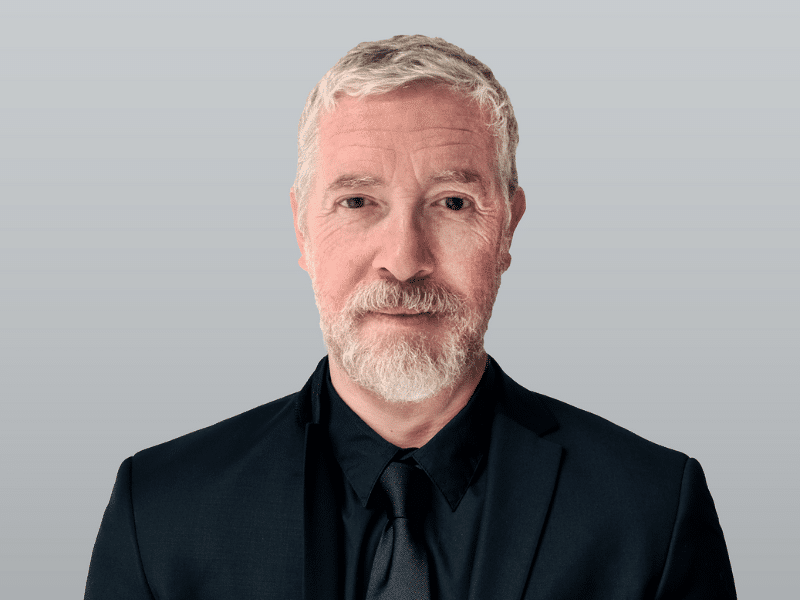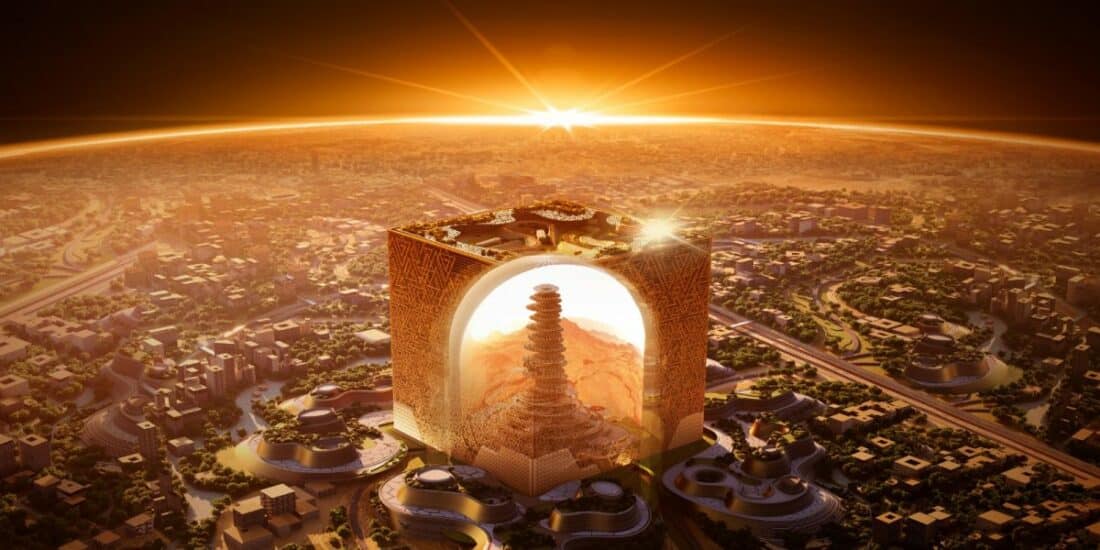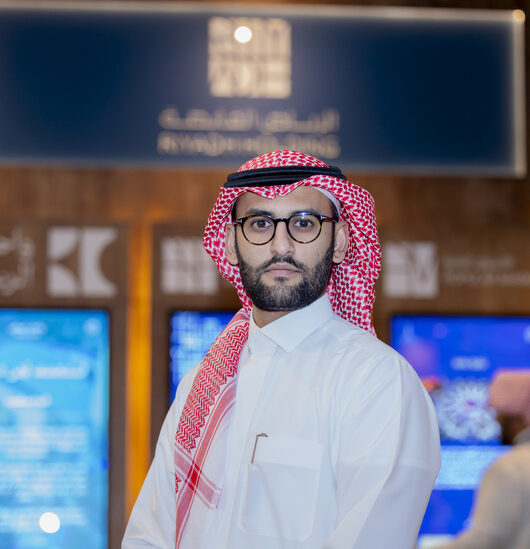
Maxwell Connop, Regional Practice Lead – Architecture, AtkinsRéalis, discusses how architecture evolved over the years, highlights an ongoing residential project with Aldar, and how the company continues to lead through a holistic approach across disciplines and sectors
With over 30 years of global industry experience, how have you observed architecture evolve over time?
Over the past three decades that I have spent in this sector, the architecture industry has witnessed massive evolution. What once seemed static, has now become so dynamic that we do a lot more with less. Moreover, the performance of buildings is increasingly driving a whole moral, social, and sustainable era. Technology advancements have accelerated our processes and the latest complimentary aspects of computational, parametric, and generative modes of creation have opened new possibilities, enabling architects to conceive designs that were previously unimaginable.
What are your favourite areas of work, commercial, hospitality, residential, or something else, and where do you find inspiration?
Each typology within the realm of architecture offers a unique set of challenges and rewards. From commercial places to hospitality venues, residential projects, and beyond, each area presents an opportunity for creativity and innovation. I find aviation architecture more interesting due to its emotive nature. Designing spaces within airports and aircraft requires a sharp balance of functionality, aesthetics, and passenger experience, making it an exciting area of work.
Regardless of typologies, my inspiration often stems from the natural environment. To me, nature is our greatest library and it’s no surprise that biophilic design is so emergent as a key driver in a lot of designs.

How does AtkinsRéalis push the boundaries of what is possible in design and architecture?
The future is going to be driven by energy conservation and sustainability. At AtkinsRéalis, our purpose of ‘engineering a better future for our planet and its people’ is underpinned by the power of innovative thinking, digital technologies, and embracing a multidisciplinary approach. Being a global company, we recognise the inherent value of collaboration across geographies, allowing us to explore new approaches and solutions for the built environment. This has helped us to be at the forefront of shaping the future of design and architecture, creating structures that are not only aesthetically pleasing but are environmentally conscious and socially impactful.
What other activities and endeavours keep you engaged, aside from your architectural projects? How do outside interests influence your approach to architecture?
I’m conscious that being focussed on only architecture can lead to self-referential thinking. I spend a great deal of my time enjoying and collecting contemporary art and sculpture, immersing myself in films, and appreciating product design. I often find inspiration in parallel creative industries and in nature. To me, nature serves as an endless source of inspiration, providing lessons in sustainability, efficiency, and beauty that can inform architectural design. By integrating insights from these interests into my architectural practice, I am able to enhance my work and contribute to more holistic and impactful solutions.
Could you briefly discuss your residential project with Aldar, including the major highlights and how far it has progressed?
Our mixed-use residential project, Grove, with Aldar, is progressing well. Notable features include sustainable design, innovative architecture, and amenities tailored to modern living. The project comprises multiple phases, with some already constructed, and some in the planning phase.
Are there any challenges you are facing while working on this residential project, and how are you dealing with them as the project progresses?
During our work on this mixed-use residential project, we’ve faced challenges aligning with ever-changing market demands for various functions such as residential and retail spaces, obtaining timely regulatory approvals, and managing site constraints arising from projects in different phases. To address these challenges, we are closely collaborating with regulatory authorities, refining design solutions, and implementing efficient construction management practices in coordination with our site team.
How crucial is sustainability in every project for you? What are some of the activities/initiatives proposed in this regard and what is the response?
For me, sustainability is not a choice, it is rather a necessity. We have a moral duty to ensure our buildings are designed in a way that they promote well-being and ‘touch the world lightly’. At AtkinsRéalis, our sustainability experts are integrated into the early stages of each project, ensuring that sustainable principles are ingrained in the very DNA of the design.
As you think about the future, where do you see yourself and AtkinsRéalis, especially in terms of the architecture and your contribution?
For the years to come, I see AtkinsRéalis continuing to lead the way in architecture and design by thinking holistically across disciplines and sectors. Our ability to create synergies and deliver value-added solutions to clients sets us apart in the industry. Personally, I am excited about the role I play in nurturing and guiding our young talent. I believe in the potential of our team and am very motivated and enthusiastic about teaching and mentoring them to ensure they reach their full potential.
By encouraging a culture of innovation, collaboration, and continuous learning, I am confident that AtkinsRéalis will remain at the forefront of the industry, making significant contributions to the built environment and shaping a sustainable and inspiring future for the planet and its people.







